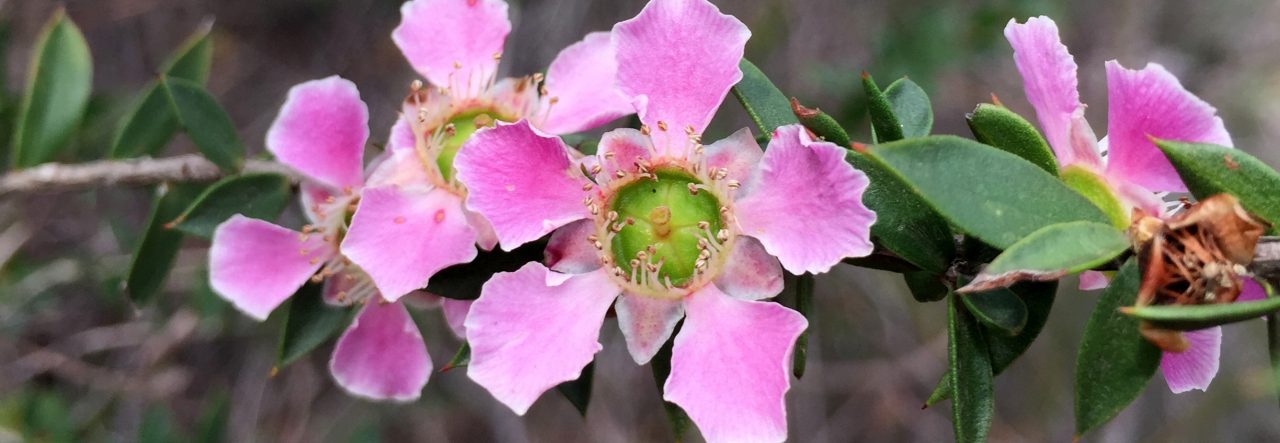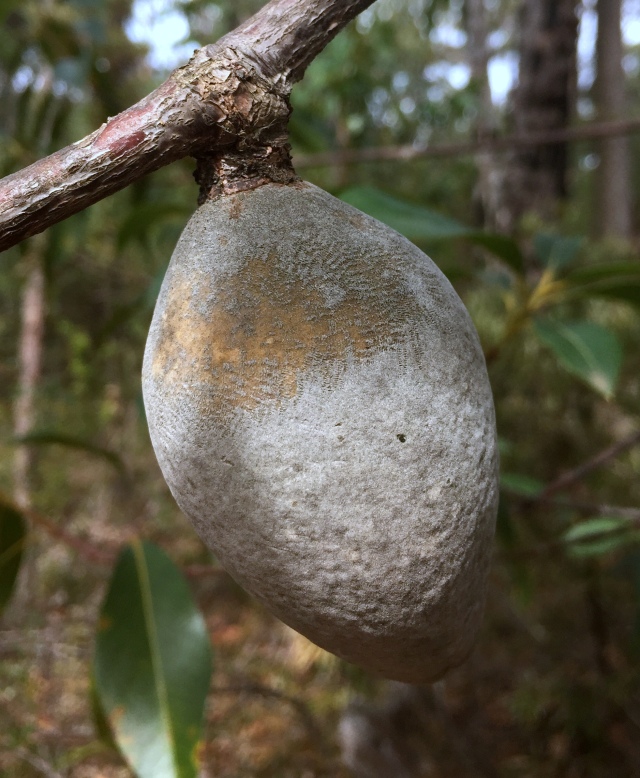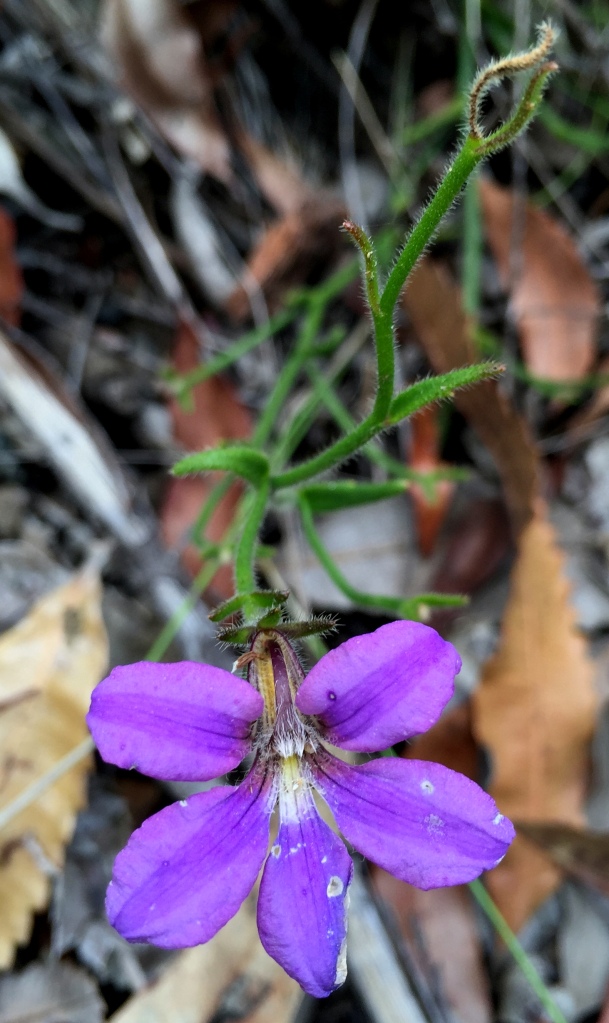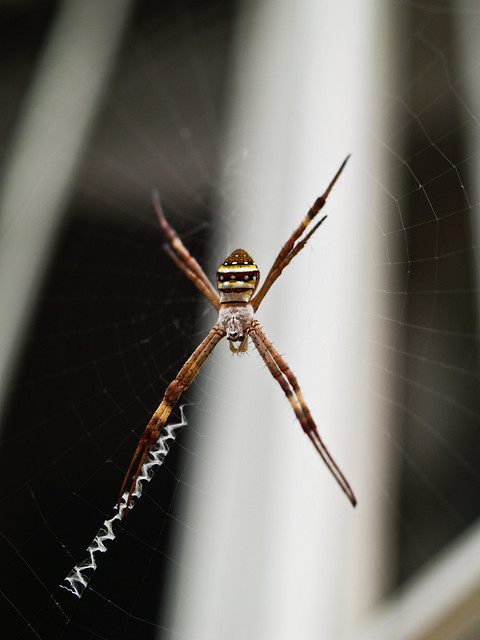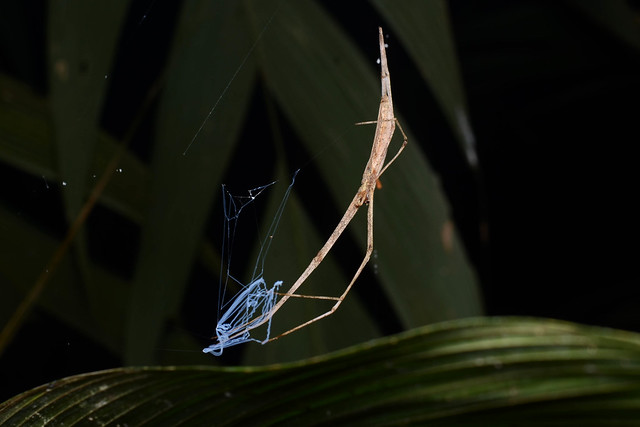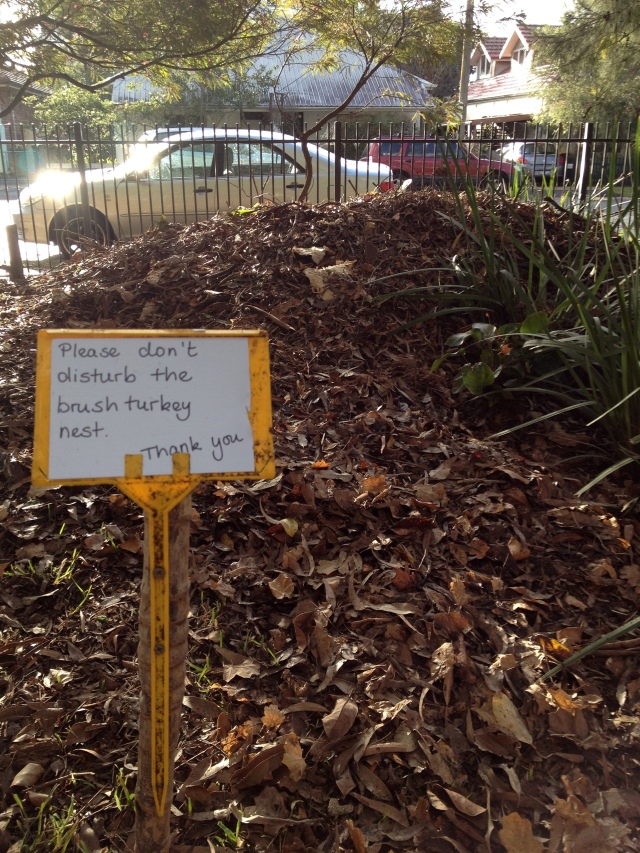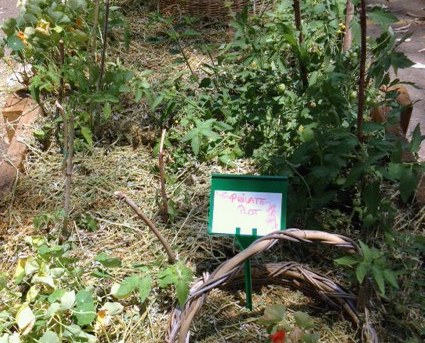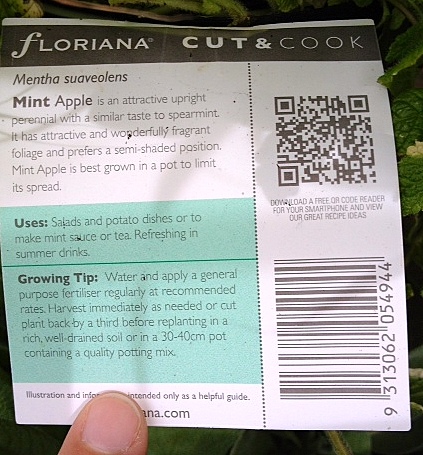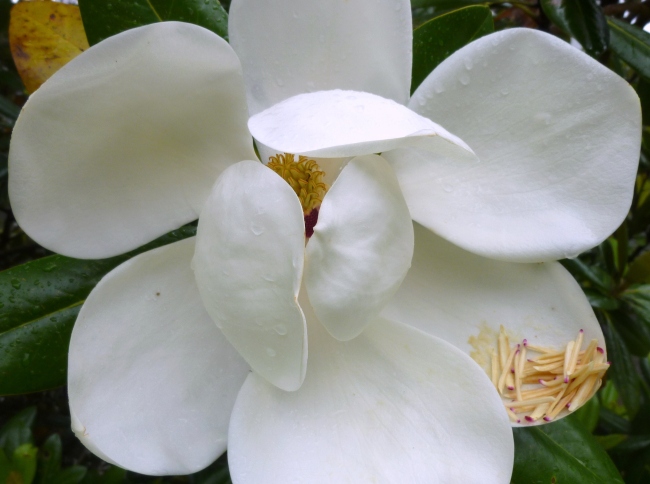I love spring. It is my favourite season. An explosion of life, colours, smells and light. Every year it is a relief to finally feel spring in the air!
In Sydney, things are a little different. Most plants are evergreen and we get spoilt with many warm winter days. Yet spring doesn’t really happen until the blooming festival of wildflowers in the local forests herald its arrival.
∼ Er ist’s ∼
Frühling läßt sein blaues Band
Wieder flattern durch die Lüfte;
Süße, wohlbekannte Düfte
Streifen ahnungsvoll das Land.
Veilchen träumen schon,
Wollen balde kommen.
– Horch, von fern ein leiser Harfenton!
Frühling, ja du bist’s!
Dich hab ich vernommen!
Eduard Mörike (1804 – 1875)
The sweet, familiar scents of spring! In the days when waratahs and other wildflowers were abundant in Sydney’s forests, the spring aromas wafted to sea in such dense clouds that sailors reported smelling the wildflowers many miles away, so I heard from a National Parks Ranger.
In our times of a disappearing natural world, fewer wildflowers remain. Yet, fortunately, those who are left can be found not far from Sydney’s suburbs. On a little stroll around the Perimeter Walk near Terry Hills there were yolky Dillwynia yellows, cool Dampiera blues, and many different wattles out basking in the afternoon sun. A symphony of smells, a tapestry of colour! I hope you enjoy the photos – I certainly enjoyed taking them.

If I had taken my Les Robinson Field Guide to the Native Plants of Sydney I would have known to better pay attention to the LEAVES of Dillwynias. Their shape and arrangement can give the final species clue. It’s hard to tell from this picture how exactly the leaves are arranged. It was quite a tall shrub, at least 1.5 meters; and (as you can see) abundant with yummy Eggs and Bacon flowers!

The red spider flower – one of my favourites. Yes, I have plenty of favourites ;-). I’d like for a crafty jeweler to make brilliant red replica earrings , please!

Grey spider flower – Grevillea buxifolia ssp. buxifolia
So pretty, yet so hairy! A true local, the grey spider flower’s native range is restricted to sandstone soils in the Sydney region.

As all good things, Grevilleas came in threes.
Also in threes, but (even) more difficult to classify than the different Grevilleas were the wattles.

Les Robinson describes those Acacia species with with leathery dry leaves (or rather “phyllodes” as they are morphologically speaking not true leaves) as “easy to classify”. Well, I disagree! To me, there are still too many look-alikes .
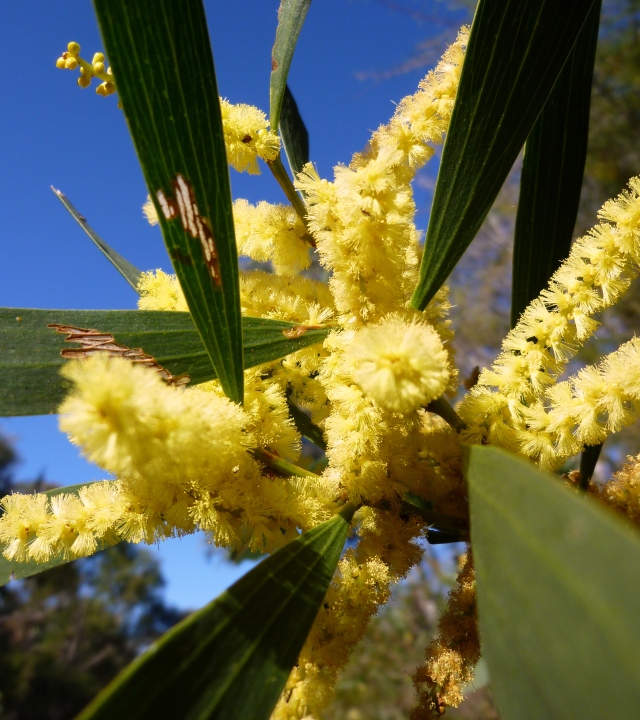

As promised, a cool blue Dampiera:
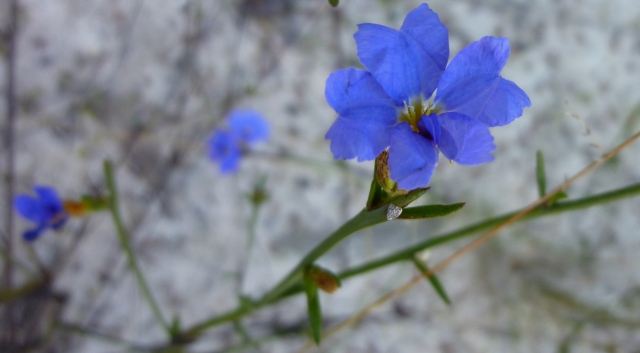
So blue! No wonder the dainty flowers caught William Dampier’s attention when visiting Australia’s west coast in the 17th century. Dampiera species are more abundant along Australia’s western coast, but there are three species listed in Les Robinson to occur in Sydney as well.
Finally, some pics from two members of the Rutaceae. They contain some beautifully showy wildflowers:

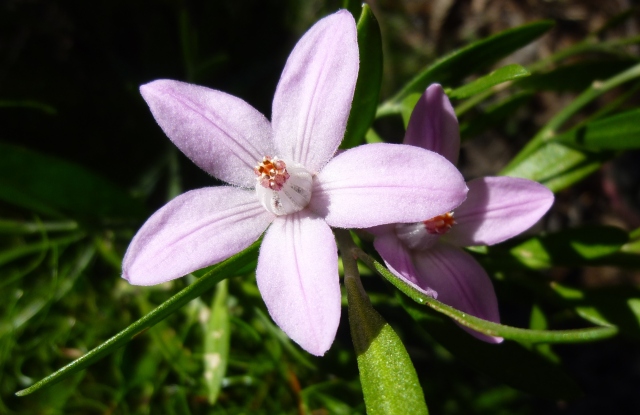

The plant guide – “bible” as I have heard it often being referred to – I used to prepare this post is Les Robinsons’s Field guide to the native plants of Sydney in its revised 3rd edition published by Kangaroo Press.
I also used this illustrated PDF guide http://www.marklucock.com/Wildflower_pdf_document_V1.pdf and this website http://www.waratahsoftware.com.au/wpr-flora-lanecove.shtml
